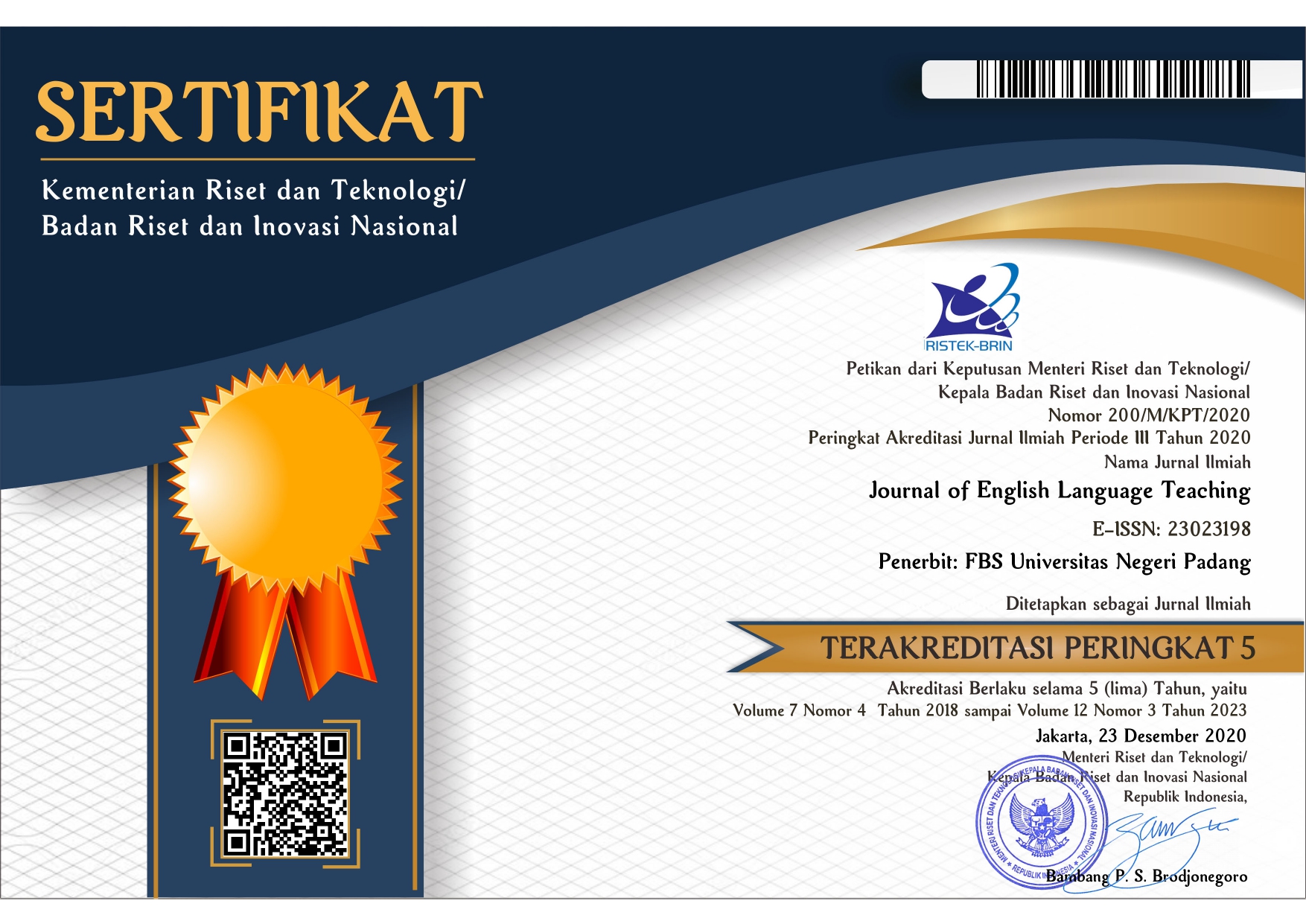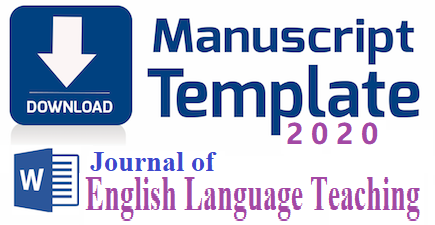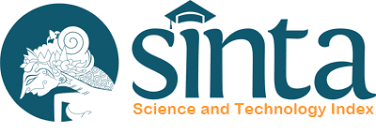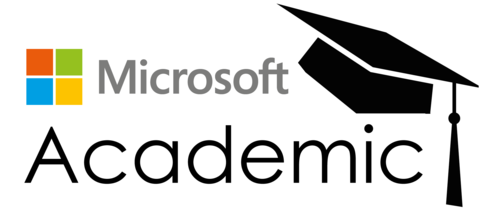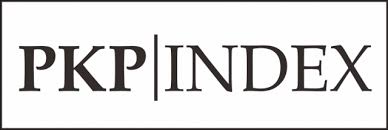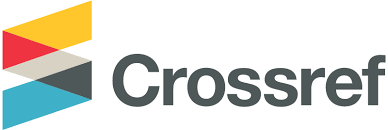The Relationship of Students Metacognitive Self-Regulation With Their Speaking Ability At Unp
 ), Salam Mairi(2),
), Salam Mairi(2), (1) Universitas Negeri Padang
(2) Universitas Negeri Padang
 Corresponding Author
Corresponding Author
Copyright (c) 2024 Arvan Yunesa, Salam Mairi
DOI : https://doi.org/10.24036/jelt.v13i3.130070
Full Text:
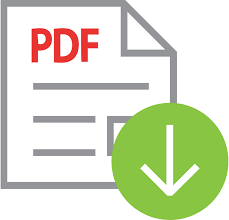 Language : en
Language : en
Abstract
researcher employed a quantitative method using Pearson's correlation to measure the relationship between two variables: students' metacognitive self-regulation (independent variable, X) and their speaking ability (dependent variable, Y). The study population includes four classes of public speaking. A sample of 30 students choose with simple random sampling from classes NK2-2022, NK3-2022, NK4-
2022, and NK5-2022 were selected. Tests for speaking ability and a survey to see the students' metacognitive self-regulation were conducted to assess the relationship between the two variables. This study's findings demonstrated a correlation — one that was validated by statistical examination of the data — between students' metacognitive self-regulation and speaking ability. It was revealed that there is a substantial association between students' metacognitive self-regulation and speaking ability. Furthermore, the research shows a positive correlation, indicating that improved metacognitive self-regulation is linked to better speaking ability. Statistical analysis supports this, with a significant p- value of 0.008.
Keywords
References
Arikunto, S. (2010). Prosedur Penelitian. (Rev. ed). Jakarta: Rineka Cipta
Cohen, L., Manion, L., & Morrison, K. (2018). Research Methods in Education (8th ed.). London: Routledge.
Creswell, J.W. (2012). Educational Reasearch: Planning, Conducting, and Evaluting Quantitative and Qualitive Research 4th edition. Boston: Pearson.
Eliyasun, Rosnija. E., and Salam. U. (2018). Improving Students’ Speaking Ability Through Guided Questions. In Journal Pendidikan dan Pembelajaran. Vol. 7 (1): 1-8
Flavell. (1979). Metacognition and Cognitive Monitoring A New Area of Cognitive—Developmental Inquiry. Vol. 34, No. 10,906-911.
Fraenkel, J. R., et al. (2012). How to Design and Evaluate Research in Education (8th ed.). New York: Mc Graw HIll.
Gay, L., Mills, G. & Airasian, P. (2012). Educational Research: Competencies for Analysis and Applications. 10th Edition, Pearson, Toronto.
Harmer, J. (2001). The Practice of English Language Teaching (3rd ed.). Harlow: Longman.
Heikkila & Lonka. (2006). Studying in Higher Education: Students’ Approaches to Learning, Self-Regulation, and Cognitive Strategies Vol. 31, No. 1, February, pp. 99–117.
Jeremy Harmer. (2002). The Practice of English Language Teaching (Fourth Edition), (England: Longman), p. 265
Kline, J.A. (2001). Speaking Effectively: A Guide for Air Force Speakers. Alabama: Air University Press.
Musthafa, B. (2001). Communicative Language Teaching in Indonesia Issue of Theoretical Assumption and Challenges in The Classroom Practice. Journal of Southeast Asian Education, 2.
Nasrin Nabavi Ekhlas. (2013)., The Relationship Between Determinant Factors of Self-Regulation Strategies and Main Language Skills and Overall Proficiency. Procedia - Social and Behavioral Sciences 70 ,137 – 147.
Pintrich, Paul R. (2002). The Role of metacognitive knowledge in learning, teaching, and assessing. Theory into Practice, 41(4). 219-225
Winne, P.H. & Perry, N.E. (2000). Measuring Self-Regulated Learning. In: Boekaerts, M., Pintrich, P.R. and Zeidner, M., Eds., Handbook of Self-Regulation, Academic Press, San Diego, 531-566.
Zimmerman, B. J. (2008). Investigating Self-Regulation and Motivation: Historical Background, Methodological Developments, and Future Prospects. American Educational Research Journal, 45, 166-183
Zimmerman, B. J., & Schunk, D. H. (2011). Self-Regulated Learning and Performance. In B. J. Zimmerman, & D. H. Schunk (Eds.), Handbook of Self-Regulation of Learning and Performance (pp. 1-12).
 Article Metrics
Article Metrics
 Abstract Views : 35 times
Abstract Views : 35 times
 PDF Downloaded : 24 times
PDF Downloaded : 24 times
Refbacks
- There are currently no refbacks.
Copyright (c) 2024 Arvan Yunesa, Salam Mairi

This work is licensed under a Creative Commons Attribution-NonCommercial 4.0 International License.

